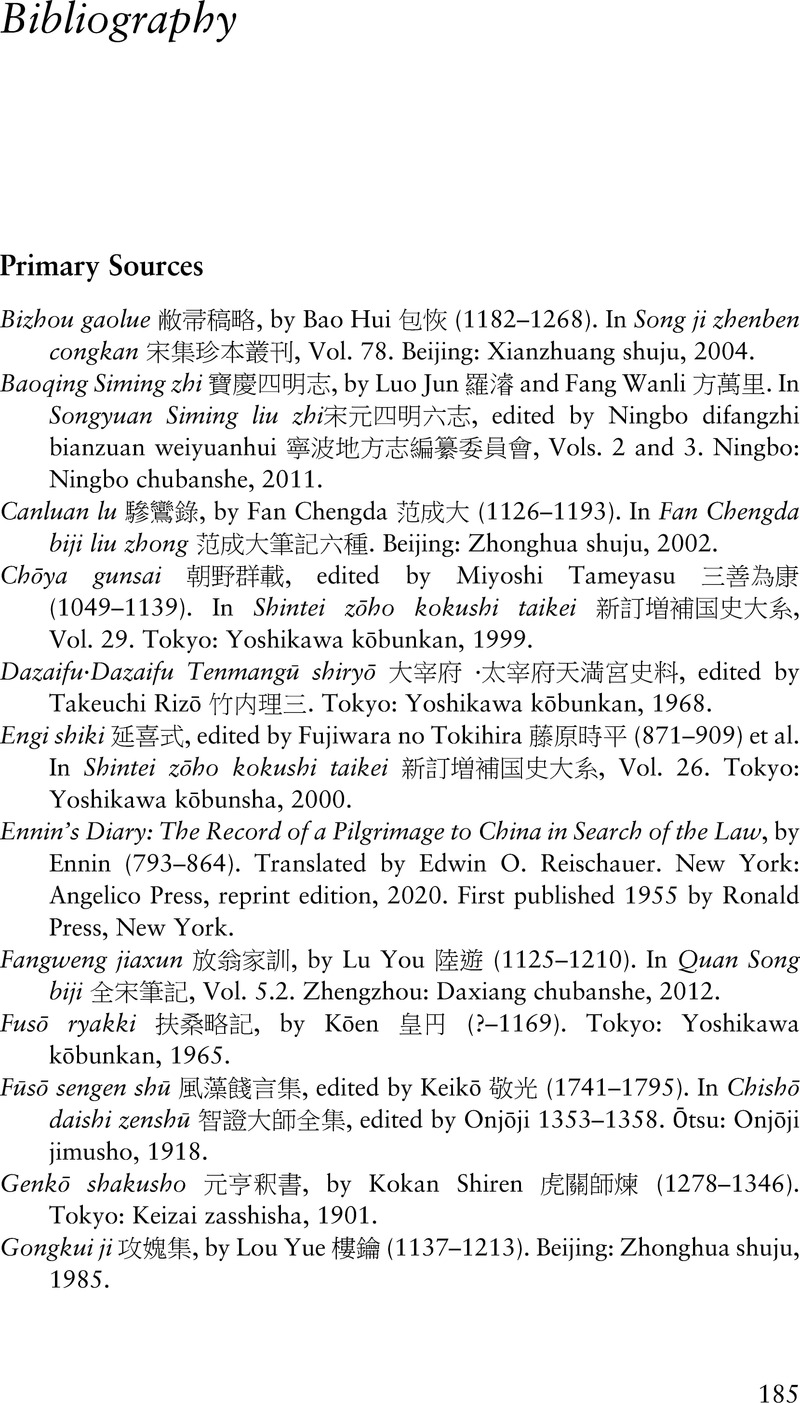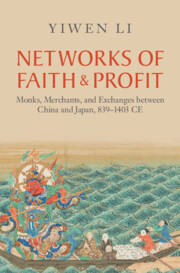Book contents
- Networks of Faith and Profit
- Asian Connections
- Networks of Faith and Profit
- Copyright page
- Dedication
- Contents
- Illustrations
- Acknowledgments
- Maps
- 1 Introduction
- 2 Replacing Tributary Relations
- 3 Not Only for the Dharma
- 4 Building a Base for Trade
- 5 Transporting Goods and Faith
- 6 Sending Ships to China to Finance Monastery Construction
- 7 Resuming Tribute Relations and the Aftermath of the Religio-commercial Network, 1368–1403
- Bibliography
- Index
- Asian Connections
- References
Bibliography
Published online by Cambridge University Press: 25 May 2023
- Networks of Faith and Profit
- Asian Connections
- Networks of Faith and Profit
- Copyright page
- Dedication
- Contents
- Illustrations
- Acknowledgments
- Maps
- 1 Introduction
- 2 Replacing Tributary Relations
- 3 Not Only for the Dharma
- 4 Building a Base for Trade
- 5 Transporting Goods and Faith
- 6 Sending Ships to China to Finance Monastery Construction
- 7 Resuming Tribute Relations and the Aftermath of the Religio-commercial Network, 1368–1403
- Bibliography
- Index
- Asian Connections
- References
Summary

- Type
- Chapter
- Information
- Networks of Faith and ProfitMonks, Merchants, and Exchanges between China and Japan, 839–1403 CE, pp. 185 - 201Publisher: Cambridge University PressPrint publication year: 2023



